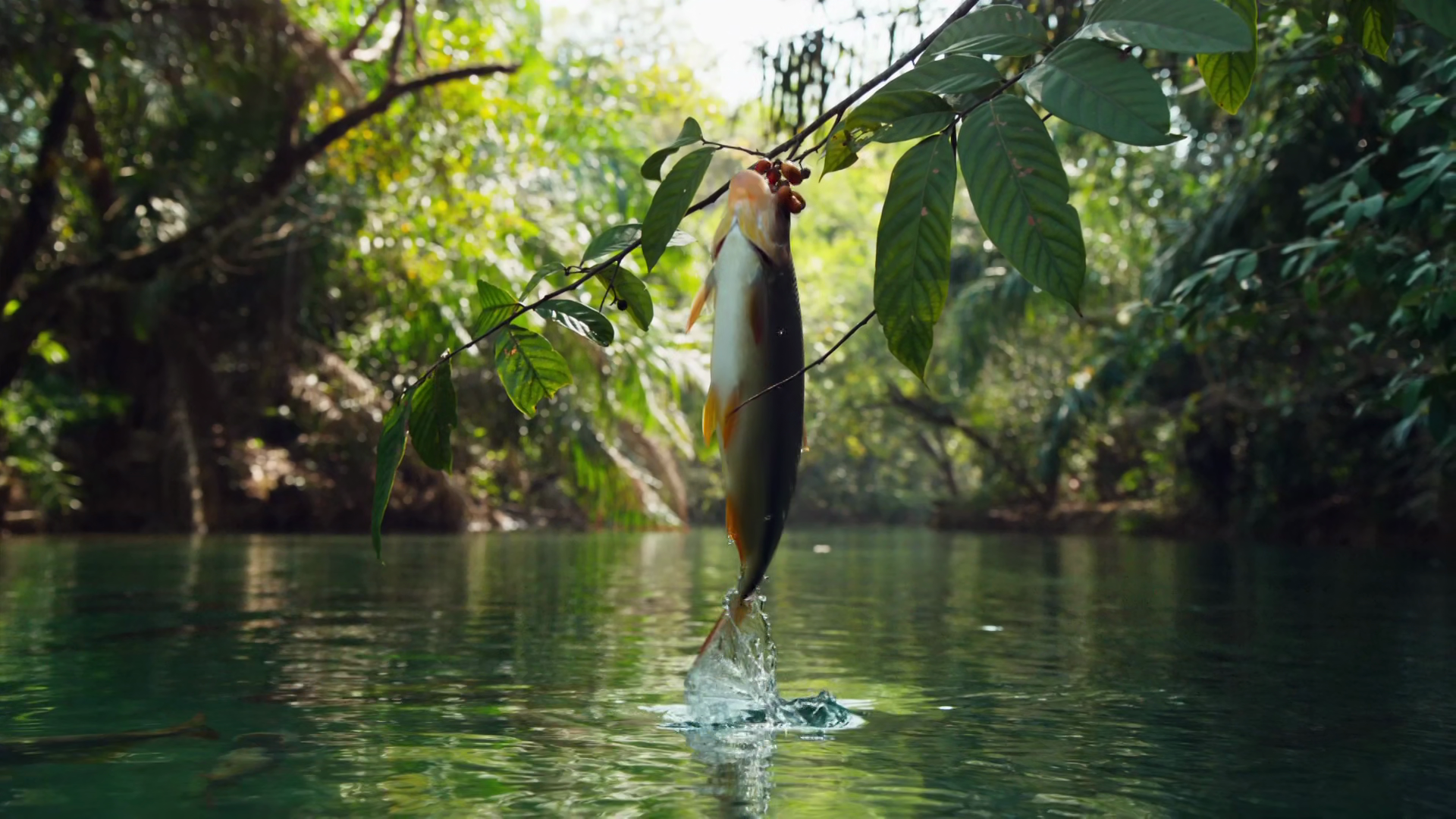This is presumably the first series where the team actually made a serious mistake, mixed up the sound recordings in the programme about South America*. The article does imply that even world class experts watch these series, even though these may have simply heard of the mix-up accidentally and taken a look just in case.
Reading the comments in this online article it is important to keep in mind the difference between making a mistake as in this example and bending the rules in order to create a story that illustrates what actually happens in nature. Dealing with such an issue would take more than a single paragraph. It would be better left for a possible separate piece.
This series deals with the continents as separate worlds as if they had practically nothing in common as far as species are concerned so it may look odd that the Europe episode ‘ends’ with a piece about the Iberian lynx and the next one ‘starts’ with a similar piece about the Canada lynx. Any one species does usually not play a major role in two separate episodes of an Attenborough related series. That is exactly the problem. As implied by Attenborough’s words and the main text of the book these are not the same species, just two closely related ones. Maybe somewhat disappointingly the index in the book indicates that they are the same. Sometimes oversimplifying may make matters worse.
Seeing the structure of the series, obviously the animal sequences neither start nor end an episode. A strict routine (or pattern) means that a ‘behind-the-scenes’ piece ends all episodes and a piece about external forces usually start them – the Australian one is a bit different from the others.
Anyone having seen the Netflix’s series, Our Planet may have spotted similarities between the two: Both include a sequence about the over crowded population of walruses in their second episode. In the Our Planet, however, polar bears play no part in forcing them off the cliff. Seemingly only hunger and seeing the ocean in front of them does. At the end of the Africa programme (behind the scenes) the crew almost came face-to-face with poachers when intending to film lowland gorillas. The team managed to film them in Our Planet series.
People may find it strange to see Attenborough introduce this series in a country where not a single sequence is otherwise being filmed, given his talk about people avoiding unnecessary carbon footprint. There might, however, be a different reason for him being there: He might be working on any of his next series. Let’s see where they one take him, people presumably know about his upcoming work in 2021, Life in Colour**.
As usual most reviews regarding the series concentrated on the first programme:
Naturally BBC must go first: Seven Worlds, One Planet: ‘Gorgeous’ nature series gets five-star reviews
The Guardian : breathtaking, moving, harrowing
Digital Spy concentrates on the walrus scene
Joe an Irish entertainment site even includes this series’ first episode
The ReviewGeek is seemingly the only site that reviews every episode. Episode 2 is here. You can presumably guess the rest of the series.
Other references:
*Problem with sound in South America:
thetimes.co.uk/edition/news/bbc-got-animal-noises-mixed-up-in-attenboroughs-one-planet
